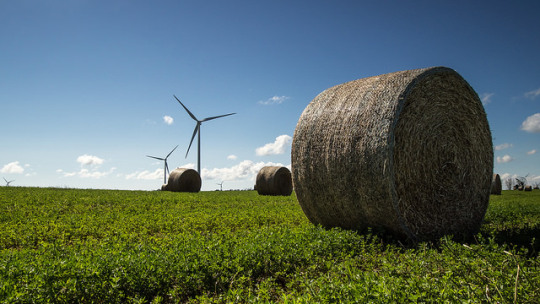Will Monsanto Engineer Growth In 2016?

Photo Credit: Mike Boening
Monsanto (MON) Materials - Chemicals | Reports January 6, Before Market Opens
Key Takeaways
- For fiscal first quarter earnings the Estimize consensus calls for revenue of $2.506 billion and EPS of -$0.22
- Monsanto’s long term initiatives focus on enhancing productivity by undertaking cost cutting measures and launching new products
- In the near-term, unfavorable macroeconomic factors and rising operating expenses are dragging down earnings
- What are you expecting for MON? Get your estimate in here!
Monsanto, the leading chemical agriculture company in the world, is expected to report their FQ1 2016 earnings before the market opens on January 6, 2016. As one of the first companies to report in the new year, Monsanto hopes to leave its woeful 2015 behind. Last quarter, the chemical company disappointed shareholders, missing earnings estimate with a negative earnings surprise of 1800%. In an effort to spur long term growth, Monsanto has focused on enhancing productivity and competitiveness by undertaking cost cutting measures and launching new products. The company believes these new initiatives will yield cost savings while improving cash flow and profit margins. Despite long term optimism, Monsanto is poised for another disappointing earnings reports as agriculture endures a cyclical downturn. For fiscal first quarter earnings the Estimize consensus calls for revenue of $2.506 billion and EPS of -$0.22. Compared to FQ1 2015, this represents a YoY decline in revenue and EPS of 147%and 13%, respectively. For now, the backlash against genetically modified crops, currency headwinds, falling prices, higher production costs and rising expenses will continue to hurt Monsanto’s earnings.

With operations in over 150 countries, Monsanto is facing the same unfavorable macroeconomic factors plaguing the global agriculture industry. On top of currency fluctuations, declining acreages and climate vagaries have hurt the performance of agriculture productivity. The result has been a decline in agricultural demand as Monsanto has scaled back production. Even with Monsanto’s stranglehold over corn, corn harvests and prices have fallen while production costs have increased. At the same time, Monsanto has devoted significant resources to launching new products and enhancing its current brands, like XtendFlex and Roundup. The latter came under fire in 2015 after a report from the World Health Organization declared that main Roundup ingredient, glyphosate, “probably” causes cancer in people. Rising operating costs led by restructuring changes are expected to hurt the company’s earnings in the near-term. Despite the company’s promising outlook and their leading market share, Monsanto’s ability to rebound from its recent difficulties is partially contingent on the recovery of the agriculture industry itself.

Disclosure: There can be no assurance that the information we considered is accurate or complete, nor can there be any assurance that our assumptions are correct.



